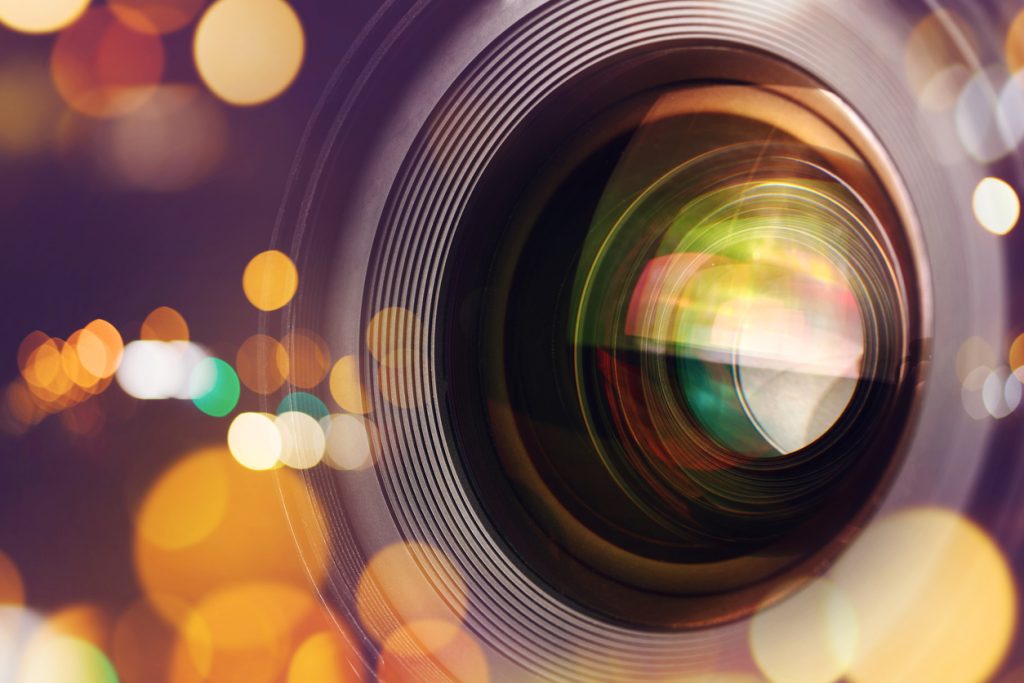Cameras have been around for just over a century, and they are one gadget that we can’t get enough of. They are on your laptop that you use at home or at work, and they are also on your phone. But how do camera lenses work? What’s the science behind them, and are they necessary to the gadgets that we use?
Lesson 1: Optics
In order to understand how lenses work, we have to look into what optics is and how they play their part in cameras. Optics is the science that looks at how light interacts with matter. The main physical process that occurs in lenses is known as refraction. Refraction is when light passes through a medium, for example, glass or water, and bends the light towards a different direction.
So, when light passes through a single lens, the light is refracted and the beam is then oriented in a different direction. This isn’t useful in cameras practically, which is why there are generally two lenses that work together.
Lesson 2: Lens Properties
Lenses have two important orientations; convex and concave. Convex lenses are curved outwards, which means that incoming light is focused towards a point in space. This point is known as the focal point and the distance between the centre of the lens and the point is known as the focal length – an important property of a lens.
A concave lens is curved inwards, meaning that incoming light is focused outwards infinitely. This type of lens is particularly useful in projectors, as they project light through a lens onto a faraway screen.
Lesson 3: Lenses in Cameras
Cameras use convex lenses to focus light that is infinitely far away to a specific point – the focal point. With old cine film cameras, the lens focuses the light to the focal point, at which there is a piece of film that reacts with the light and produced a film as an end result.
As technology has advanced, cameras and lenses have developed accordingly. For example, the emergence of the aperture helped to increase the clarity of images and films in general. By making the cameras smaller, as well, meant that the focal length decreases, resulting in a wider field of view, which is particularly important in filming, as you want the greatest field of view possible for landscape and panoramic shots.

Cameras are incredibly important to us, as they are one of the ways in which we can treasure our memories and to keep them safe. Therefore, it is important to ensure that, if there are any problems with the camera or the film, we can help!
At Cine2DVD Transfers, we can transfer your cine films into DVDs, making sure that your memories are never lost and the quality of the film is maintained at all costs. If you want to know more information, then please don’t hesitate to contact us. Simply give us a call today on 0800 592433 and one of our friendly members of staff will be more than happy to help.

